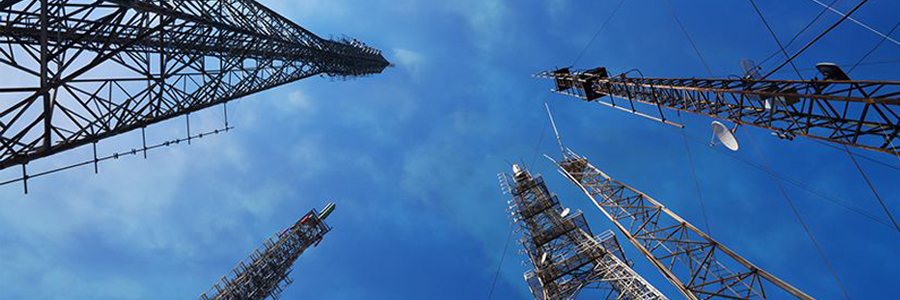After user trials and initial testing in 2021, Verizon has started to move commercial traffic onto its 5G standalone (SA) core. AT&T has also reported employing regional 5G SA cores to commence its deployment of edge networks, with the aim to have 12 ‘edge zones’ by the end of 2022. Meanwhile, Reliance Jio has earmarked $24 billion to deploy a nationwide 5G SA network and has named Ericsson and Nokia as the RAN equipment suppliers for this network.
5G SA is one of the operator’s three strategic priorities on network transformation. Indeed, 5G SA deployments ramped up in 2021 and the first nine months of 2022, with SA now available in nearly 20 countries around the world from 30 operators, and 11 more operators expected to join this list by the end of the year. While the pace of 5G SA rollout is slower than initially expected, it still shows good progress. For operators, the added SA enabled functionalities are key to delivering on the 5G promise of supporting advanced 5G use cases such as multi-access edge computing, network slicing, enhanced mobile broadband, ultra-reliable low-latency communications and massive IoT use cases.
Click here to read more (Mobile World Live)
